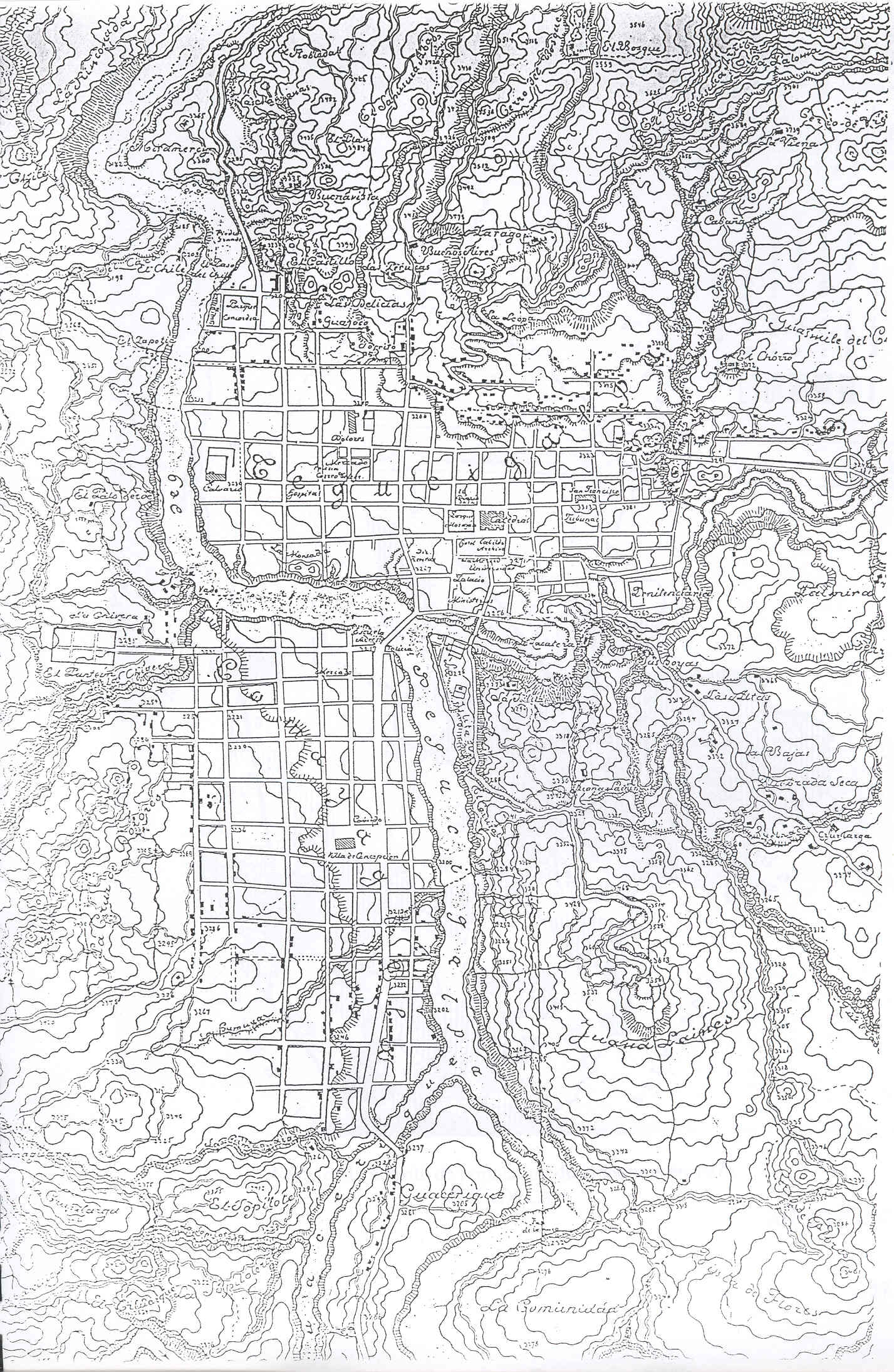Metamorphosis of the Choluteca River. A Landscape Masterplan for River Regeneration.
Main Article Content
Abstract
Rivers have played a crucial role in cities. They have influenced and confined their morphology, size, and functionality. Such is the case of the Choluteca River, which has shaped the river valley in which the city of Tegucigalpa, the capital of Honduras, is located. Since the city's foundation, the river has played a central role in shaping the landscape and urban organization. However, it has been neglected to the point of becoming an uninhabited urban wasteland, losing its value as an asset and ecological corridor. Its regeneration is catalytic for the transition towards sustainability. This article aims to address river regeneration through a comprehensive framework that encompasses performative functions for the future implementation of restoration, management, and ecological conservation strategies. In this context, the Choluteca River is defined as an interactive process involving the environment, anthropogenic activities, and land uses. Through a combined method of landscape systems, map overlay, and design as a research tool, elements are identified to initiate a regeneration that pivots on landscape systems, local patterns, and potential vegetation. Likewise, landscape strategies are proposed at a basin and urban scale that seek to respond to the locality and enable actions that potentially turn the river into an axis of green and blue infrastructure.
Downloads
Article Details

This work is licensed under a Creative Commons Attribution-NonCommercial-NoDerivatives 4.0 International License.

